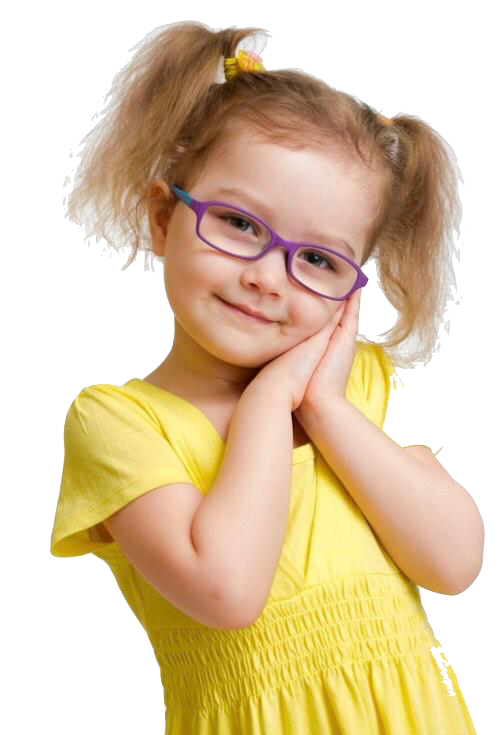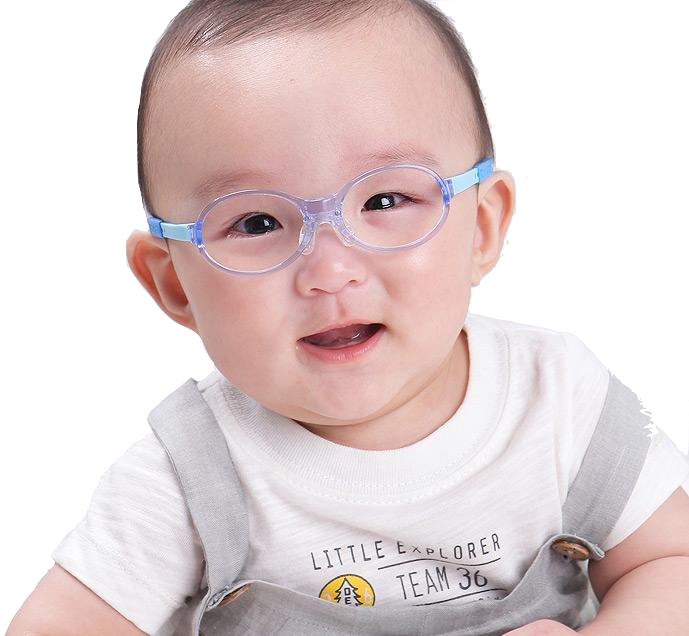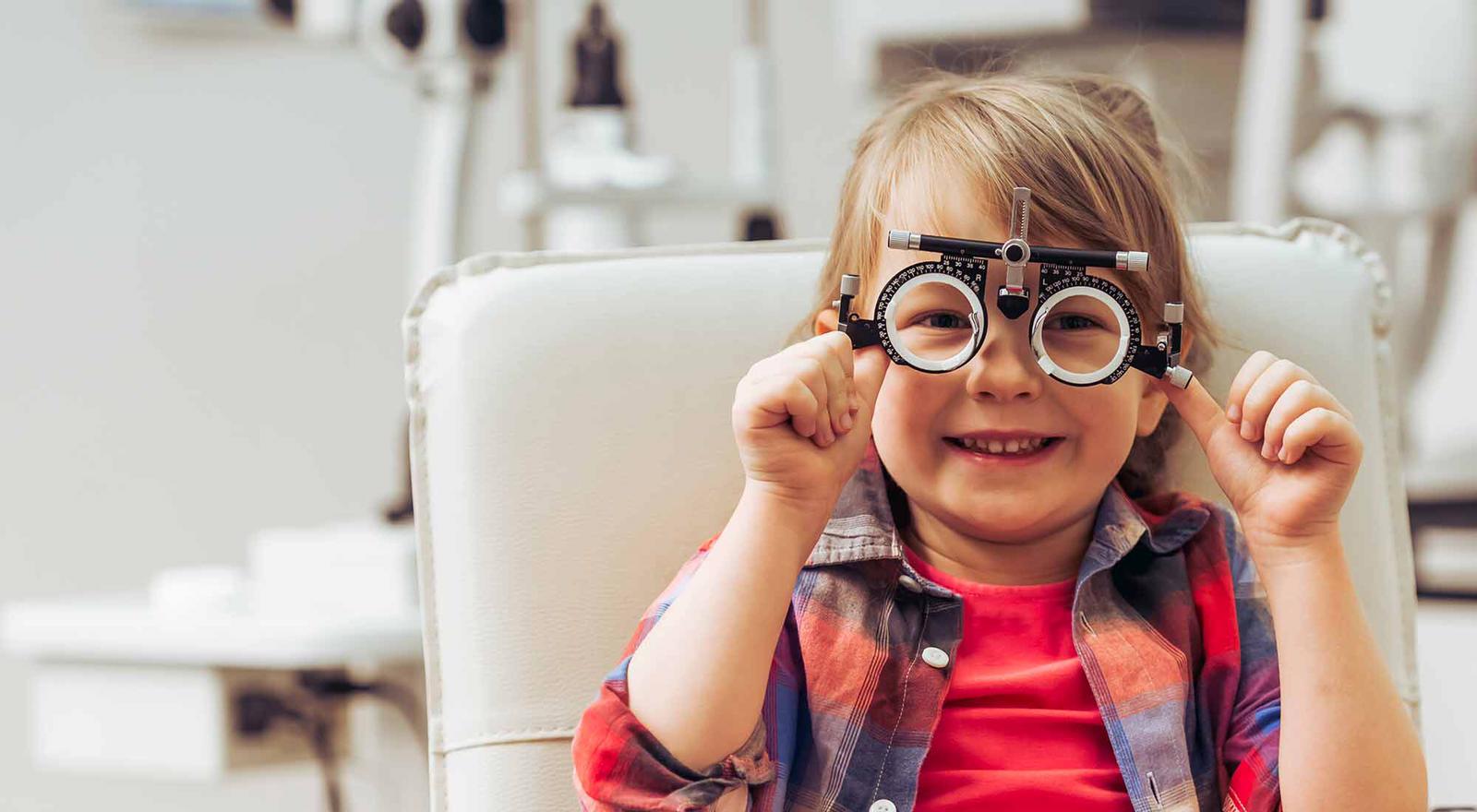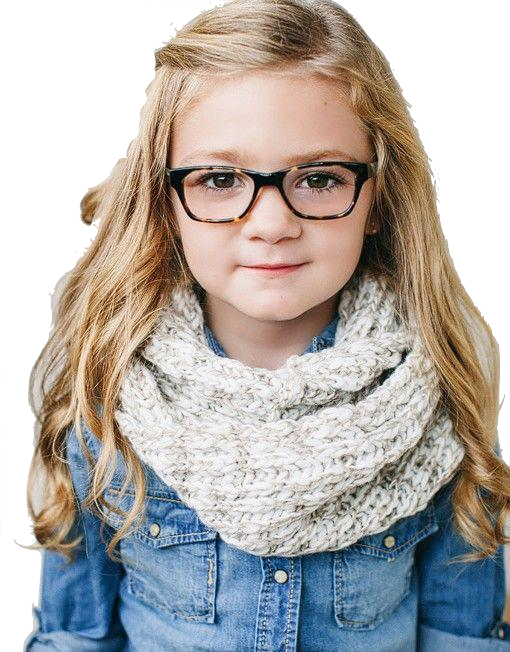Wee Eyecare Services
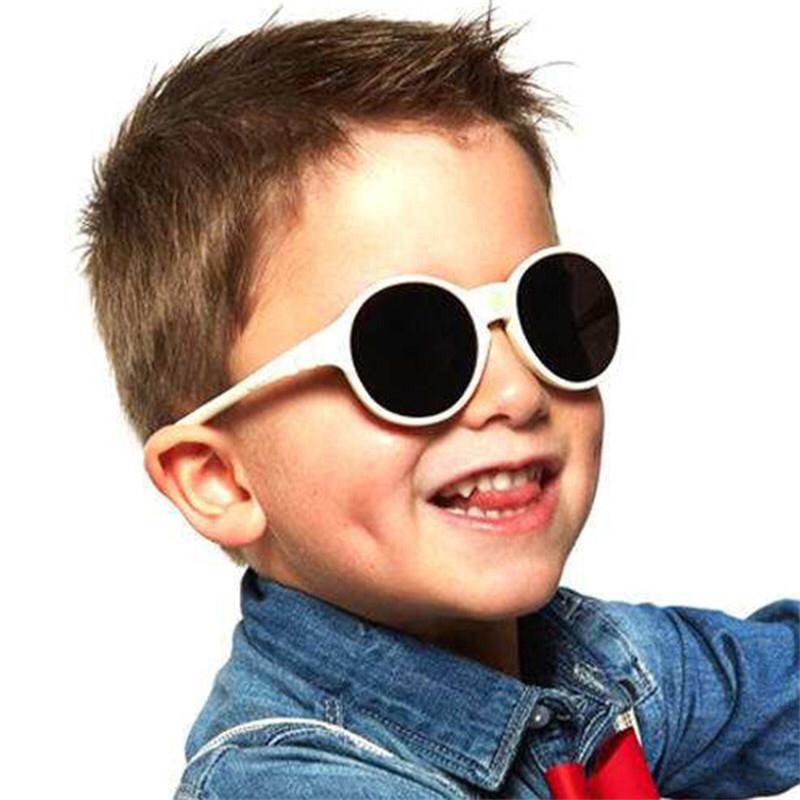
Pediatric Eye Examinations
The American Optometric Association recommends first examination at 6 months and a follow up examination, if no issues, at 2-3 years of age, followed by the mandatory kindergarten exam at age 5. According to Prevent Blindness America, one in four school-age children have vision problems that, if left untreated, can affect learning ability, personality and adjustment in school.
We offer exam services for all children from infants to teenagers. A comprehensive eye examination is so important for children. Early detection and treatment will provide the very best opportunity to correct vision problems so your child has the opportunity to see clearly, this gives them the best possible tools for success as they develop.
Book Now!